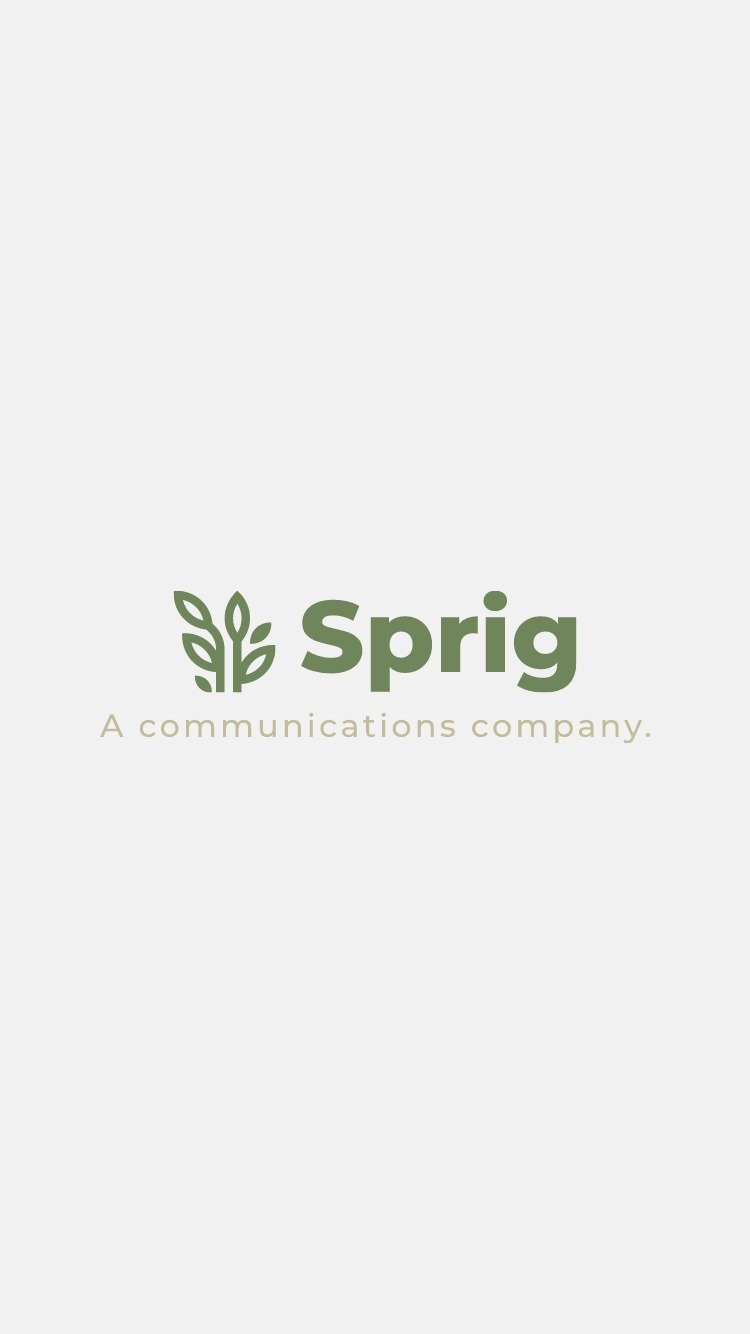Steal Our Three Tips for Planning and Creating Content
It took more than 10 years to distill our best tips — steal them and save yourself time and headache (or hire us to stress for you).
Mission-driven organizations rely on storytelling to share the impact of the product or service they provide. It’s the proof-in-the-pudding if you will, that demonstrates that the work is important and that it’s meaningful in people’s lives.
Impact stories connect with people on a heart level so that they are more receptive to an ask, either as a sale or solicitation. Without stories, it can be difficult to get your ideal donor or client to commit.
While regularly producing stories showcases all of the good work you and your organization do all year, we recommend creating new stories and testimonials for each larger campaign. This keeps the content fresh and engaging and allows for better alignment with the theme of the campaign.
Create a Backlog
It’s tempting to call someone that you know well to get a story, and while almost everyone has a story to tell, some will be more effective in helping you accomplish your goal. Instead of hustle and stress at the last minute, we recommend building and maintaining a backlog of potential ideas throughout the year, as you make daily encounters. This makes it so much easier to pick the right narrative when it’s time to select, interview, and write, as you won’t have to start from scratch.
If you work with a lot of clients who are open to sharing and have amazing stories to tell, you might go one step further and organize your ideas by topic. For example, by the demographic of the client (if that’s relevant to your work), by product or service (if you have more than one approach or offer), or by problem solved.
Prepare Your Questions
Now that you have ideas, prepare a list of questions before you interview the person. When you ask broad, open-ended questions, it’s not uncommon for people, especially those with heartfelt, emotional stories, to share details that don’t necessarily serve your goals. By going into the conversation prepared, you are more likely to keep the interview on track and end up with a compelling story that will highlight your organization’s mission, and hopefully achieve your marketing and communications objectives. We’re sharing some of our favorite questions and rationale to help you prepare.
What life circumstance or problem led you to us?
How did our product or service handle the circumstance or resolve the problem?
Where would you be without the product or service?
What is your life like now after working with us?
These questions dig into the cause and effect of the story to help you (and whoever ultimately reads the story) understand how the client even got to you in the first place. What perfect storm was brewing and how did you positively intervene? The last question sets the stage for sharing aspirations. The individual might say, “Without XYZ, I would be here…”. Try to go deeper so you can hear where they are now. You’re looking for that feel-good, I-got-the-chills feeling that sometimes comes with learning about someone’s experience after they’ve completely turned their life around.
Write When It’s Fresh
Interviews are inspiring, and while it’s entirely possible to return to your notes or transcript after the fact, you’ll likely be missing the inspiration. It can be difficult enough as it is to sit down and write a story, especially when other tasks are looming; however, by writing down a rough draft while the information is fresh, you’re more likely to capture the nuanced tone and feelings of the story beyond the notes. Stories are all about evoking emotion, so if you can capture some of that by creating a first draft soon after the conversation, it becomes easier to retain it through the whole story. Remember, the rough draft doesn’t have to be perfect! That’s what editing is for.
Have a list of stories but not enough staff to do anything with them? Reach out; we can help. Reach out for our ad hoc or Communications as a Service (Caas) pricing guide.


